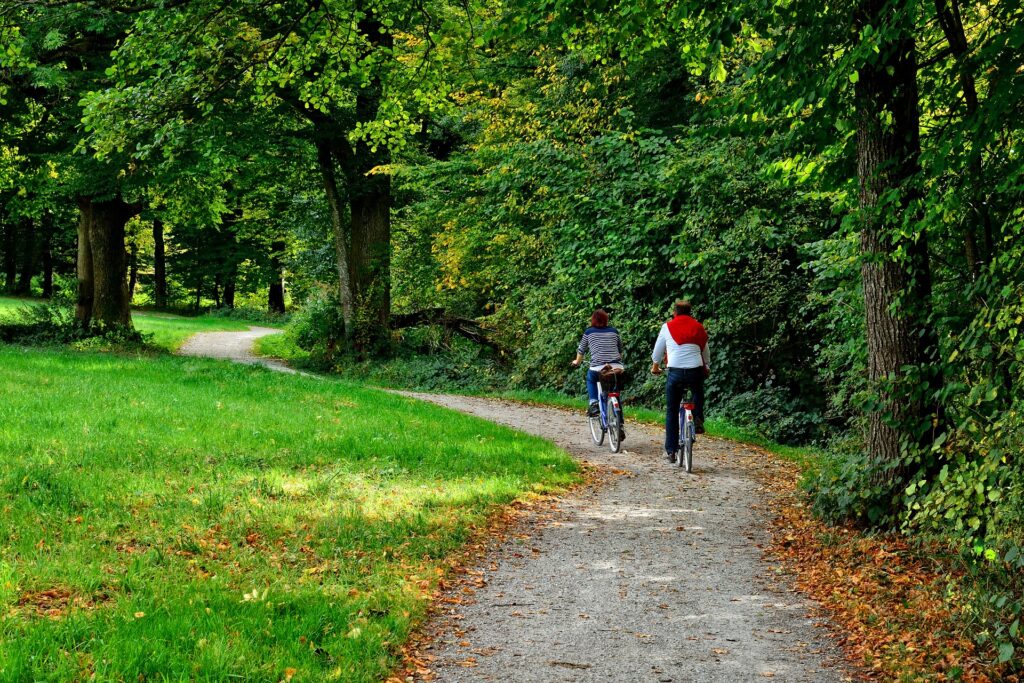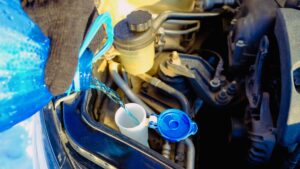Transport experts urge Britons to get used to driving less to avoid gridlock on the roads as coronavirus restrictions lift, further suggesting councils provide better cycling routes and walking paths to get the public out of their cars.
Motor traffic has nearly returned to pre-lockdown levels and only 59% of employees have returned to their workplaces, according to government statistics. Another study predicts that health concerns surrounding public transport will result in 2.7 million commuters opting for private car journeys.
‘This funding is a first step that allows more local authorities to put temporary measures in place so more people can move around safely and actively as we emerge from the Covid-19 crisis,’ Sustrans CEO Xavier Brice commented on behalf of the Walking and Cycling Alliance.
In May, Government announced a £250 million emergency funding available for local councils to put in place schemes to promote active travel, such as implementing wider pavements, cycle lanes, and ‘low-traffic neighbourhoods’ (LTNs) whereby selected residential streets are blocked to through motor traffic.
Although, many of these schemes have been abandoned after backlash from some residents and politicians. For example, Tory MP Crispin Blunt pressured the removal of the pop-up cycle lane in Reigate, Surrey. In particular, London has seen several schemes dismantled, including the proposed bike lane on Euston road and LTN in Lewisham.
Leicester City Council has taken a different approach to cut congestion and pollution by offering travellers e-bikes rather than cars. Sponsored by Santander, £600,000 is being spent on the scheme to make 500 e-bikes available to hire across 50 locations around the city centre.
Rachel Aldred, professor of transport at Westminster University, said non-car transport methods should be encouraged. Aldred has been consulting with Cycling UK, a campaign group urging the government and local authorities to push ahead with schemes to boost walking and cycling.
“Without such changes, motor traffic will only grow further as and when [restrictions] are relaxed,’ she said. ‘[Doing] nothing means more traffic jams, more road injuries, and more pollution,’ Aldred commented.




